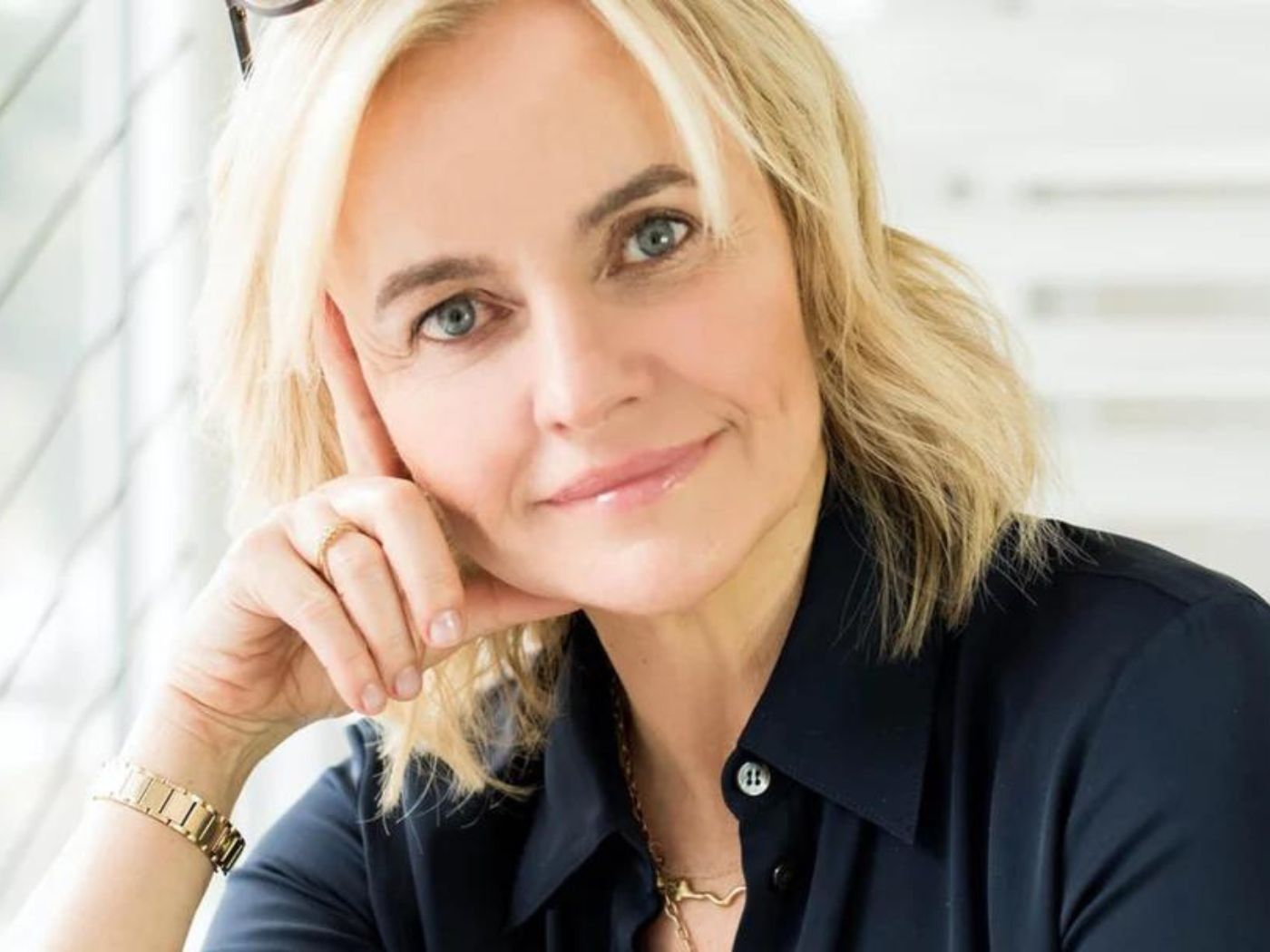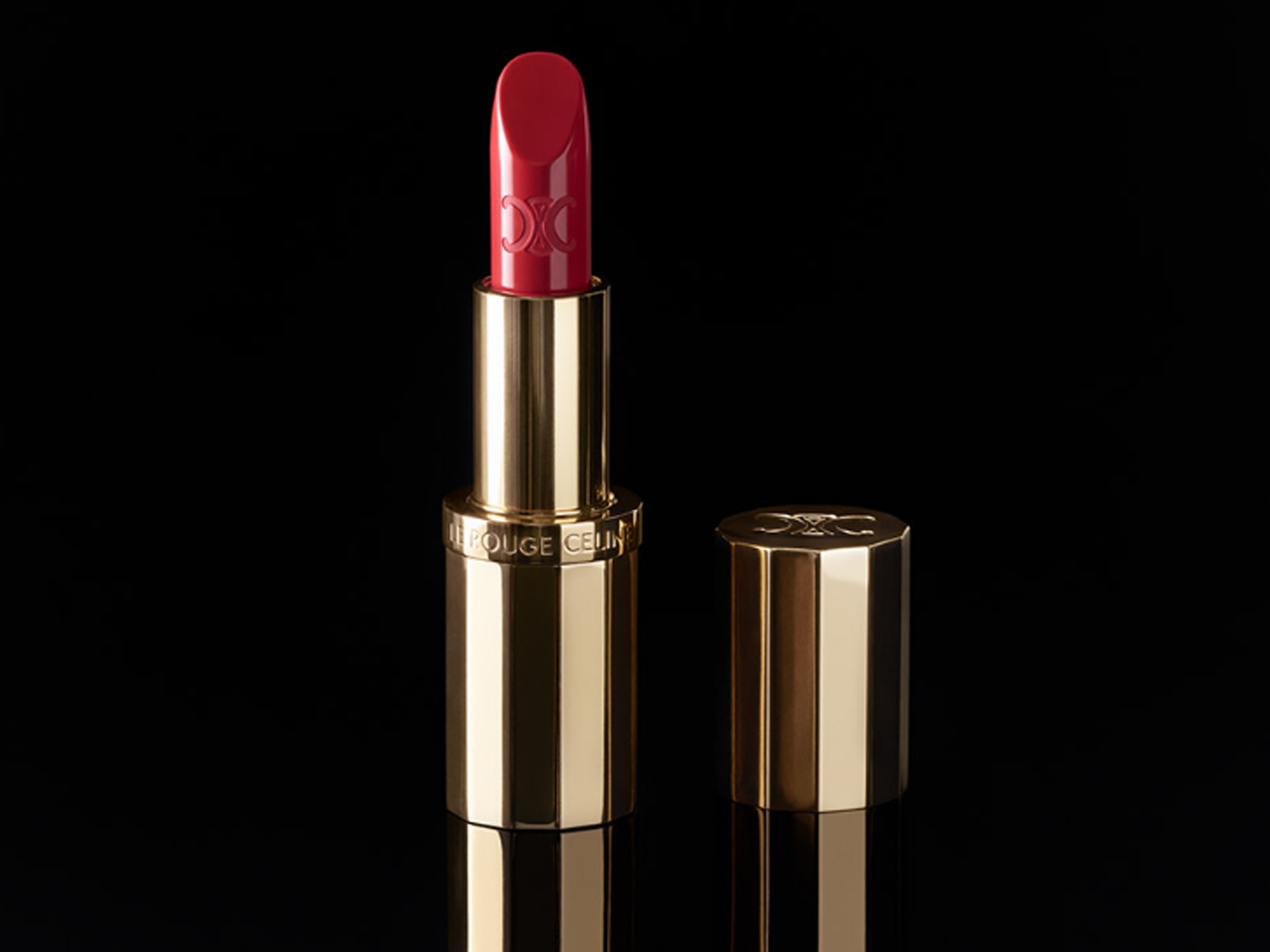Perhaps it was the birth of oxygen bars in the Nineties that brought the bar-themed concept to conception. These days there seem to be more beauty bars than there are watering holes. From brows to blowouts, waxing to tanning, nail treatments to lash extensions, you can now be fixed from head to toe. And the newest to leave their niche beauty marks are makeup bars.
“Consumers are turning to specialized maintenance because they feel they imply ‘expert’ or ‘best at.’ People also find specialties compelling,” said Maria Corbiscello, President and CEO of Studio MC2, a fragrance and beauty company that specializes in product development and trends. “Typically these places are time efficient and will sometimes offer package value deals, which makes them even more irresistible.”
Last December the makeup salon Rouge New York opened its doors on Thompson Street. Founded by Stephanie March, an actress on Law and Order: SVU (her husband is Bobby Flay), and Rebecca Perkins, the former head of the makeup department for the show, Rouge offers a flawless facial finish with help from their own cosmetic line and other companies such as Face Stockholm, Temptu and Julie Hewett. The makeup menu starts at $25 and increases depending upon what one has done (brow waxing and tinting is also available.) In February, Pucker, another makeup bar, appeared on Grand Street and is a collaboration between makeup artist Julio Sandino and Hiyam McKelvey, a former Lehman Brothers executive assistant turned mother.
“There’s a real need for accessible, professional make-up application for women that I couldn’t find unless I had someone come to my home,” said Hiyam, which is how she met Julio. Referred through a friend, he came to her apartment on the eve of a party she was attending for her husband, an entrepreneur whom she later recruited to help get the beauty ball rolling. “The alternative was the pushiness of department stores where you had to deal with the product pitch and the makeup application from a woman who was more of a sales person than a makeup artist. Then you went home with items you probably didn’t want or weren’t right for you.”
At Pucker, customers can choose from a menu of looks such as Limelight & Twilo, Mergers & Acquisitions and Scene & Steal. About $50 and 45 minutes later, one can emerge with all the beauty fixings including foundation, bronzer and brow fill-in. The non-flashy, 1,500 square foot, bi-level space offers a shower and two dressing rooms, where one can primp and prep before the big occasion, plus individual lockers to store belongings while out at an event. Simply retrieve them later. There’s even a photo booth to snap a selfie to share with the world.
Hiyam explained that blowout bars were her marketing models. “We saw how well they were doing,” she said. “That’s what we aspired to do without selling products, just offering services.”
If makeup bars are to catch up to blowout bars, they’ll have to work fast. Hair services have made the largest foot print a la Drybar, founded by LA-based hairstylist Alli Webb. At the moment, Drybar has the largest presence with five locations in Manhattan and five more opening over the next 18 to 24 months (currently there are 35-plus locations across the U.S.). Drybar comes closest to emulating a real bar. Complimentary champagne, mimosas, coffee or tea are served from a bartender, aka the receptionist, while customers sit at an elongated bar-like marble countertop while viewing chick flicks, rather than sports, on a flat screen. Blowouts are $40 whether you’re a pixie or a Rapunzel, and styles are named after cocktails: Cosmo, Mai Tai, Manhattan. There’s even a barfly membership for the blowout-aholic.
“When we opened in Brentwood in 2010 there was nothing else like it. We knew we were onto something and we knew others would follow,” said Alli, whose company has grown from $8.7 million in 2011, to $19 million in 2012, and more than $40 million in 2013. “Businesses are going into an area where they specialize in one thing. We had to send a lot of cease and desist letters to the copycats.”
A quick fix paired with a convenient location, it’s no surprise hair salons and department stores are taking a hit from these newly sprouted beauty spots.
“Salons used to be about seeing clients once a week for a blowout. But the weekly blowout is gone. Now we only see them every few months if they’re getting their hair colored or cut. Not only are they taking business away, they’re changing the special relationship we had between the client and the stylist,” said Nunzio Saviano, a top New York stylist who has worked at Mark Garrison, Oscar Blandi and Sally Hershberger. Last year he went solo and opened his own salon on East 65th Street.“Salons survive on cut and color, the blow out was our bread and butter.” He went on to add that blow bars are fast paced, cheaper and easy to get to.Most of the employees are paid hourly, though some might work on commission, and they have to be really fast at blow-drying. “The blowout was how I built my career. Those customers became long time clients,” he said. “We all wished we came up with the blow bar idea.”
Not everyone feels the same.
“Despite the initial apprehension most traditional salons have when a Drybar opens nearby,” said Alli, “the owners often call and thank us. While they may lose some blowout business to us, their overall business rises due to the demand for cut and color that we drive to them since we don’t offer those services.”
For Hiyam, Pucker is also about offering services others don’t. “The department store is an old fashion model,” she said. “I wanted women to have a place to go without having to deal with that.When Julio left I’d never felt so confident and beautiful. I wanted to bring that feeling to every woman. You can always go to department stores to replenish your products.”



